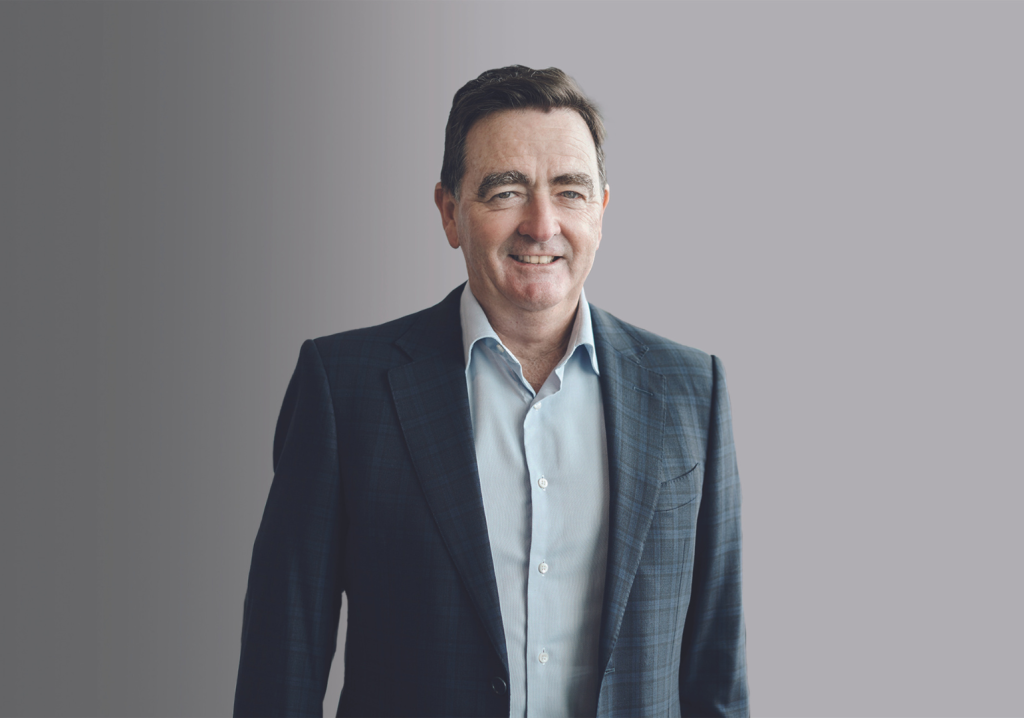Listening and learning has helped Chartered engineer Greg Steele bridge differences between states, cultures and countries to develop global best practices.
Improving quality of life has been the driving force behind the 40-year engineering career of Greg Steele CPEng, Global President – Mobility at Arcadis.
“Whether you’re designing or supervising construction of a metro, it’s great to be able to go back, ride on it, and see what a difference you’ve made to the community,” he told create.
Beginning his civil engineering career at Queensland’s Department of Transport and Main Roads, Steele benefited from the role’s strong rotational program.
“I went between design, construction and maintenance, which was really grounding as a young engineer.”
The move to local government in Coffs Harbour as the principal engineer across roads, drainage and sewerage gave Steele the opportunity to work closely with the public. There he honed his diplomatic skills by understanding the impact of his designs.
A Graduate Diploma in Business also helped him to establish a love of strategy and competition, leading to his first private sector role as a consultant across transport planning and environmental impact assessment.
“I found myself managing large multidisciplinary projects, such as the planning and impact assessment of the eight-lane Pacific Motorway between Brisbane and the Gold Coast, which became a pathway into leadership,” he explained.
Stepping into the role of CEO of Australia for Hyder Consulting, since acquired by Arcadis, brought Steele further towards understanding the different approaches between jurisdictions and industry sectors.
“What’s business as usual in one state or sector might be quite innovative in another,” he said.
A force for sustainability
In his current role as Global President of Mobility at Arcadis, Steele oversees around 25 per cent of the 36,000-person consultancy.
“Mobility is everything transport related,” he said. “Part of my role is picking what works in the Netherlands in asset management, and bringing that to Australia, for instance.”
But becoming a Chartered civil engineer early in his career is what gave Steele a competitive edge.
“I was curious about the broader role of an engineer and wanted to learn from others,” he said. “Chartership is a stamp of approval that you’ve got some experience under your belt.”
“I co-chair the Transportation and Mobility Pathway for the World Business Council for Sustainable Development,” Steele said.
This role is all about bringing the private sector together to achieve the net zero carbon goals for 2050, which he also drives at Arcadis.
“Engineers need to take a more forceful role in sustainability,” he said. “Particularly young engineers, because leaders in their organisation won’t necessarily be as advanced in their understanding or thinking of sustainability.”
Tips for success
Steele has the following suggestions for young engineers looking to make a difference:
- Harness curiosity. Understand the science behind net zero carbon and targets.
- Be visionary. Look at the 10 spheres and start thinking about what’s possible.
- Have an influence. Think beyond engineering and get involved in the broader societal debate.
OFFER EXTENDED: Join Engineers Australia by 30 September and save $100 on membership. Visit engaus.org/getsaving for more information.
